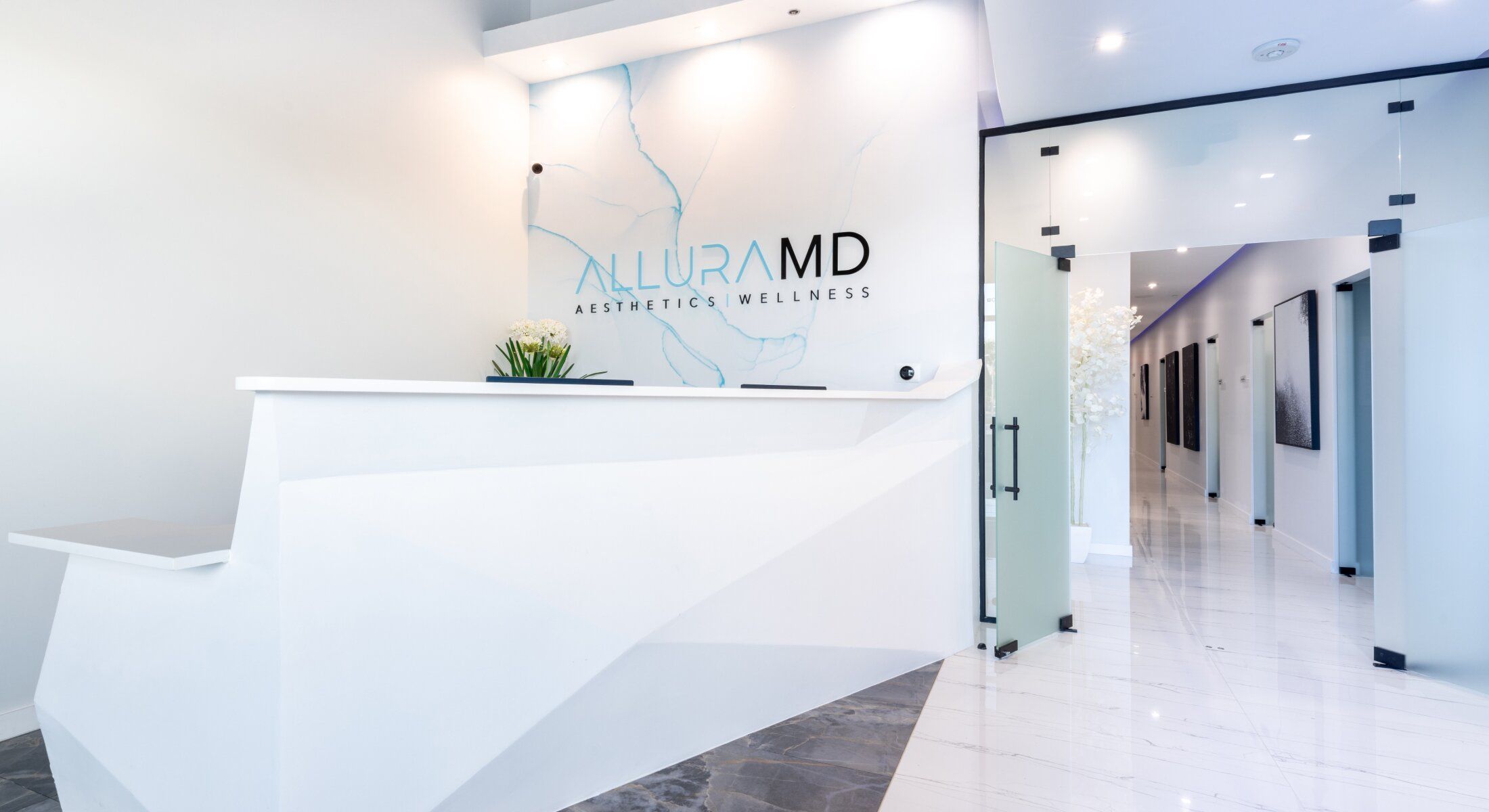
AlluraMD Aesthetics + Wellness

Most of us know the basics of staying healthy: eat a balanced diet, drink enough water, and get good sleep. Even so, there are times when energy dips, focus slips, or you just don’t feel fully recharged. That’s normal; our bodies burn through nutrients quickly, and sometimes food and water alone don’t quite keep up.
That’s where IV therapy, also called intravenous therapy, comes in. It’s a simple way to give the body a direct boost of fluids and nutrients. Instead of moving through the digestive system like food or oral supplements, nutrients go directly into the bloodstream through a small IV line.
In this guide, we’ll walk through the essentials of IV therapy: how it works, what it feels like, and what to expect before and after a session.
“IV” stands for “intravenous,” which literally means “into the vein.” IV therapy has been part of modern medical practice for decades, used in hospital settings to treat severe dehydration, give IV medications, or even perform blood transfusions.
Today, many people also turn to IV vitamin therapy for wellness. A typical session might include:
Through intravenous therapy, your body gets the nutrients it needs in a way that works faster than oral administration.
Everyone’s reason is a little different, but most people use vitamin IV therapy to feel refreshed and supported in their daily life.
Common goals include:
Because every body is different, the clinical effectiveness can vary. Some feel results quickly, while others notice subtle changes over time.
IV therapy is simple, but it still counts as an invasive procedure since it involves a needle. Before getting started, you’ll meet with a provider to talk through your health history, current medications, and goals. This step makes sure IV therapy is a safe option.
Before your appointment, drink some water, eat a light snack, and show up wearing comfortable clothing.
When you arrive, you’ll settle into a chair. The nurse will clean the insertion site and gently insert the IV. This involves placing a soft IV catheter into a vein, a step also called peripheral line placement. You may feel a quick pinch, but once the catheter is in, the needle is removed, and only the soft tubing remains.
Once your IV access site is set, the bag of IV solution is hung on a stand and connected with sterile IV tubing. The fluid flows at a steady pace, either by gravity or with an infusion pump.
A wellness session usually lasts 30 to 60 minutes. During that time, nutrients move through your circulatory system and into your bloodstream. You might feel a cool sensation in your arm at first, which is normal.
Some sessions focus only on hydration with intravenous fluids, while others include nutrients for what’s known as intravenous multivitamin therapy. This process works differently from oral medications or vitamins, because the nutrients don’t pass through the gastrointestinal tract; they’re absorbed right away.
When the bag is empty, the nurse disconnects the IV tubing, removes the intravenous catheter, and places a small bandage over the IV site. That’s it, you can return immediately to your normal routine.
Many people notice a difference right away, like feeling more hydrated or alert. For others, the effects are felt later, sometimes as clearer skin, better focus, or steadier energy.
Mild side effects are possible, like a small bruise at the IV access site, slight swelling, or tenderness around the insertion site. More serious issues, such as allergic reactions or local complications, are rare, especially when therapy is performed by trained staff in a safe medical setting.
Because IV therapy uses the intravenous route, it’s important that it’s done correctly. Proper technique ensures comfort and reduces risks. That includes:
In hospitals, patients sometimes need central venous access for continuous infusion of fluids or medications. But for wellness care, a small peripheral vein is almost always enough.
IV therapy isn’t one-size-fits-all, but it can be useful for a wide range of people. Some examples include:
On the other hand, IV therapy isn’t recommended for everyone. Those with certain chronic health conditions, pregnant individuals, or people with specific risks like fluid overload should avoid treatment unless cleared by a medical professional.
Outside of wellness clinics, IV therapy plays a central role in hospital or outpatient settings. Doctors and nurses rely on it to:
IV therapy in a hospital may also involve secondary medication or continuous infusion through a pump. In these cases, intravenous access can be through a peripheral line or, for critically ill patients, through central venous access.
By contrast, wellness-focused IV therapy uses the same safe techniques but in a calmer setting, with a focus on hydration, vitamins, and energy support rather than urgent care.
IV therapy, also known as intravenous vitamin therapy or intravenous nutrient therapy, is a trusted way of infusing fluids and nutrients directly into the bloodstream. Whether in a hospital setting or a wellness spa, it uses the same foundation: clean technique, careful IV insertion, and a steady flow of intravenous fluids through the IV route.
Some people turn to IV therapy to help with hydration, focus, recovery, or general wellness. Others experience it during medical treatment for chronic health conditions. In both cases, the process is safe when guided by a medical professional in the correct medical setting.
If you’re interested in learning more about IV therapy, the team at AlluraMD Aesthetics + Wellness can answer all your questions and provide care in a safe, relaxing environment.